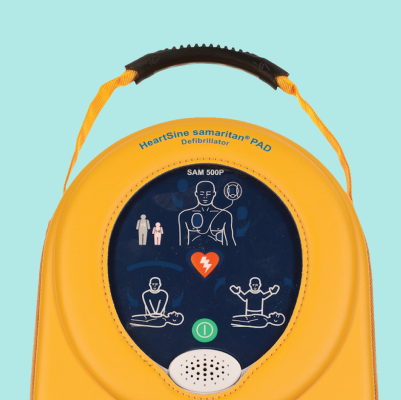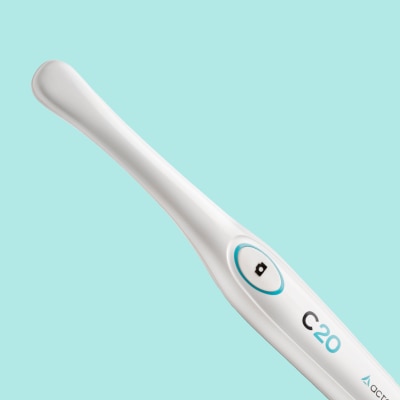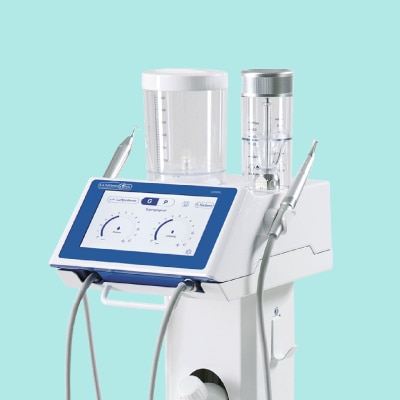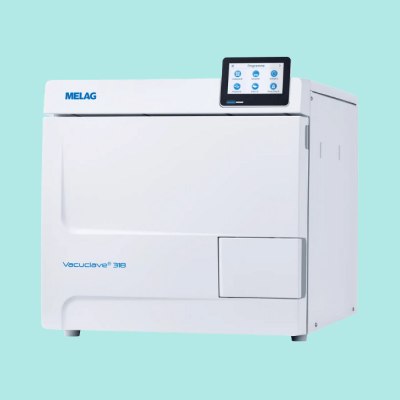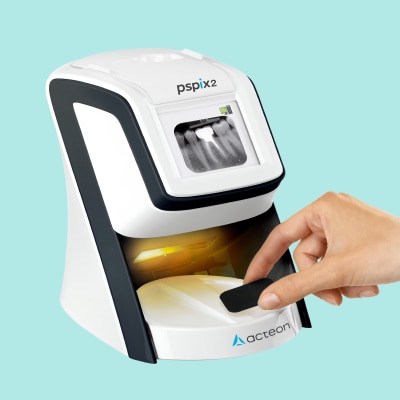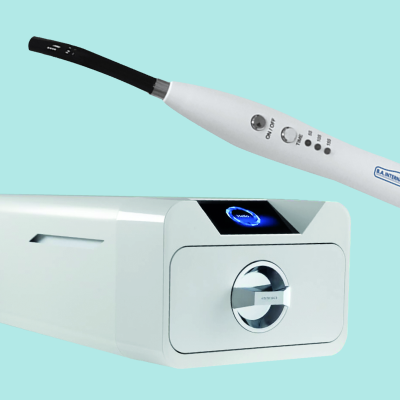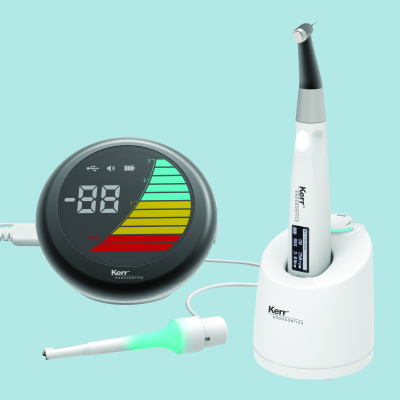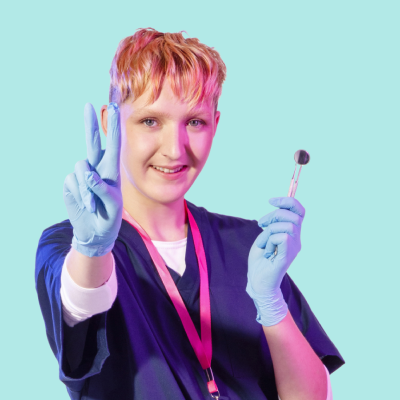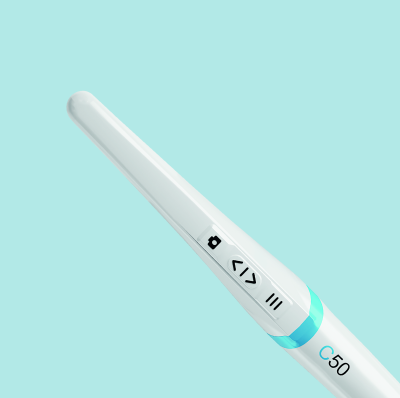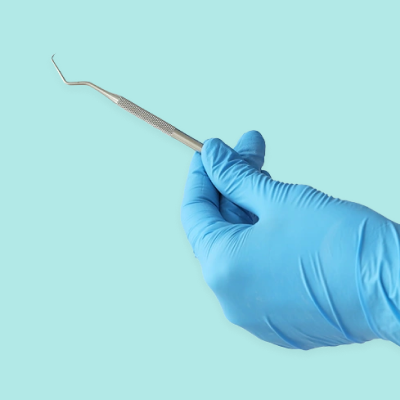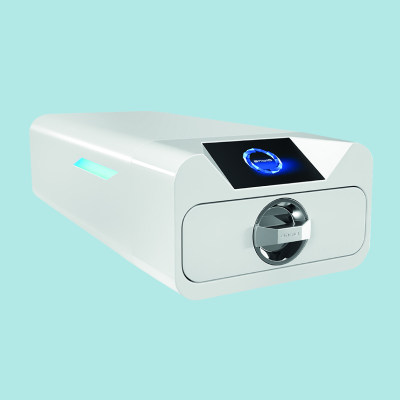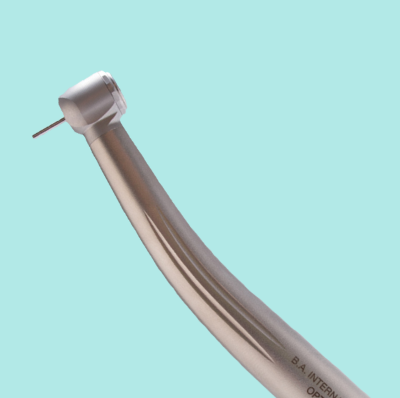With so many different areas of dentistry to focus on, the importance of first aid and dealing with medical emergencies can get overlooked in dental school. Medical emergencies happen from time to time in a dental practice and can range from hyperventilation (panic attacks) and syncope (fainting) to life threatening events such as cardiac arrest and anaphylaxis.
Having staff trained in the basics of first aid and handling medical emergencies big and small can provide that crucial intermediary step in treating patients before outside help arrives and can go a long way to a successful outcome for the patient.
What is First Aid?
First aid is immediate medical assistance given to a person who is injured or suddenly taken ill. Dental practice owners are legally responsible for ensuring patients and employees receive immediate medical attention if they are taken ill or injured on the premises. This covers a wide range of scenarios from simple reassurance following a minor mishap to dealing with a life-threatening medical emergency in the practice.
Recognising different types of medical emergencies and knowing what immediate action to take is something that all members of the dental team should be able to do. Here are some of the most common types of medical emergencies you might find happen in a dental setting:
Most common medical emergencies
Syncope
Blackout or fainting caused by a sudden drop in the supply of blood to the brain, leading to a short-term loss of consciousness. This is the most common type of medical emergency encountered by dentists.
Syncope can be brought on by pain, anxiety or even from the patient simply sitting up too quickly. Signs of syncope include nausea, perspiration and a fast heart rate.
Storing adult and paediatric oxygen masks on the premises that can deliver concentrations of oxygen up to 80% at flows of 10-15 litres per minute is essential for managing syncope emergencies.
Asthma
Most patients with asthma will know they have it and have this noted down in their medical file. Asthma attacks can usually be recognised by the patient having difficulty breathing or making wheezing sounds when exhaling. Inhalers should be on hand in the practice to give to the patient in case they do not have theirs.
Hyperventilation
Hyperventilation means breathing in more than your body needs. Most people refer to this as a panic attack. Patients most likely to suffer from hyperventilation at the dentist will likely have experienced panic attacks in the past and have this recorded in their medical history.
Allergic reactions
Allergic reactions range from the minor type, for example dermatitis (skin irritation), to potentially life-threatening emergencies like anaphylaxis.
All allergies should be listed in a patient’s medical history. This information will alert the dentist to the possibility of an allergic reaction and allow them to prepare accordingly, such as avoiding the use of latex. Signs of a serious allergic reaction include difficulty breathing, redness and swelling of the neck.
Chest pains
If a patient says they are experiencing chest pains, this could be a sign of something as minor as heart burn or as serious as cardiac arrest. Records of what medicine the patient is taking and whether they have angina is extremely vital information for the dentist to be able to provide the best course of action throughout treatment.
For patients who go into cardiac arrest, it is vitally important that your practice is equipped with the right equipment, such as an automated external defibrillator (AED) and have personnel who know how to use it before emergency services can arrive.
Does My Dental Practice Need a Defibrillator?
According to guidance from the Resuscitation Council UK, all clinical areas should have immediate access to an AED. This is supported by the Standards and Guidance of the General Dental Council (GDC).
The definition of clinical areas includes not only operating rooms, but also rooms in which patients are seen by a hygienist or therapist. For more information on AEDs, the different types, how to use them and why they are so important, see our blog ‘Why Every Dental Practice Should Have a Defibrillator’.
Does My Dental Practice Need a Defibrillator?
According to guidance from the Resuscitation Council UK, all clinical areas should have immediate access to an AED. This is supported by the Standards and Guidance of the General Dental Council (GDC).
The definition of clinical areas includes not only operating rooms, but also rooms in which patients are seen by a hygienist or therapist. For more information on AEDs, the different types, how to use them and why they are so important, see our blog ‘Why Every Dental Practice Should Have a Defibrillator’.
What level of training is legally required?
According to the GDC, all registered dental professionals should be trained in dealing with medical emergencies and should have up-to-date evidence of capability. The GDC says that all dental professionals must complete at least 10 hours of medical emergencies training and recommends that at least two hours of this training is carried out every year.
Areas normally covered in such training includes:
- Basic Life Support (BLS)
- Use of an AED
- Choking
- Management of acute anaphylaxis
- Use of Emergency Equipment (oxygen, airway adjuncts and drugs)
- Cardiac Arrest Rhythms
- Recognising and responding appropriately to asthma, diabetes, fainting, epilepsy and myocardial infarction
Does my dental practice need a risk assessment?
All dental practices need a risk assessment in accordance with the Health and Safety (First-Aid) Regulations 1981. The risk assessment should take into account the hazards and risks associated with the activities taking place in your dental practice.
Does my dental practice need a trained first-aider?
The size of a dental practice will determine whether a trained first-aider is needed or not. The BDA offers the following guidance on this subject:
- If you have less than five workers, you should have at least one appointed person to look after first aid.
- If you have five or more workers, you might want to consider having at least one person trained in basic 'emergency first aid at work' (EFAW – a one-day course).
- Dental practices with more than 50 workers, must have at least one first-aider who has completed the first aid at work (FAW – three-day course).
What should be in my first aid kit?
All practices must have at least one first aid box, which is clearly marked with a white cross on a green background.
This should be kept somewhere visible and all staff should know where this is.
First aid kits should have a leaflet with guidance on first aid, adhesive dressings, eye pads, bandages, safety pins, wound dressings, disposable gloves.
First aid kits should be checked at least once a month to ensure they are fully stocked and the contents in date.
Dental first aid kits are available from Kent Express for FREE next working day delivery when you shop online.


